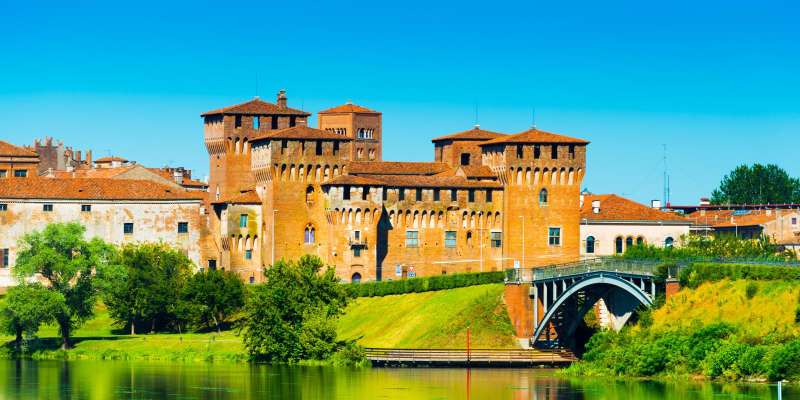- Home
- Useful Tips
- Visiting Mantua's Palazzo...
Exploring UNESCO-listed Palazzo Ducale with mobility challenges can feel daunting. Over 30% of travelers with limited mobility report abandoning visits to historic sites due to accessibility concerns, leaving them excluded from cultural experiences. Mantua's sprawling 14th-century ducal palace presents unique obstacles – uneven medieval floors, stair-only sections, and complex layouts spanning 34,000 square meters. Yet missing this Renaissance masterpiece means losing access to Mantegna's breathtaking Camera degli Sposi frescoes and the Gonzaga family's opulent apartments. The frustration of navigating such sites often overshadows the joy of discovery, with many visitors unaware of adapted routes or available assistance. This gap between desire and access creates unnecessary stress in what should be a highlight of Lombardy travel.


Understanding Palazzo Ducale's accessibility challenges
The Palazzo Ducale's medieval origins create inherent barriers for visitors with mobility limitations. Three connected buildings form the complex, with transitions between areas often involving steps or changes in floor height. The most significant hurdles occur in the Castle of St. George section, where staircases lead to the Camera degli Sposi – arguably the palace's crown jewel. Original brick and stone floors throughout exhibit typical uneven wear from centuries of use. While modern elevators serve parts of the main ducal apartments, approximately 40% of the exhibition route remains stair-dependent. Restrooms with disability access exist near the ticket office but are scarce within the palace proper. These physical constraints explain why some travelers feel discouraged, but strategic planning can overcome many obstacles.
Proven routes for wheelchair users and slow walkers
Local guides recommend starting at the Piazza Sordello entrance, where staff can provide detailed accessibility maps highlighting step-free paths. The ground floor Corte Nuova wing offers remarkable art encounters without elevation changes, including the Gallery of Mirrors and Hercules' Hall. While the Camera degli Sposi requires navigating stairs, a high-resolution reproduction in the accessible areas allows appreciation of Mantegna's perspective mastery. The Ducal Apartments' most spectacular rooms – like the Rivers Room with its gold-leaf ceiling – are reachable via elevator from the inner courtyard. Savvy visitors time their arrival for 10am or 2pm when volunteer assistants are typically available to help operate the historic elevator system. These adapted routes showcase about 70% of the palace's artistic highlights while maintaining comfort.
Essential services for comfortable exploration
Palazzo Ducale provides several often-overlooked services that significantly improve the experience for visitors with mobility concerns. Complimentary wheelchairs are available at the ticket office (though advance reservation is wise during peak seasons). The palace's specialized staff can arrange priority access to elevators, preventing exhausting waits that average 25 minutes during busy periods. For those bringing mobility aids, the coat check offers secure storage for walkers when navigating narrower passages. Temperature-controlled waiting areas near the main courtyard provide respite from Mantua's humid summers. Perhaps most valuable is the palace's partnership with local accessibility organizations, offering free monthly guided tours specifically designed for visitors with limited mobility – these include exclusive access to normally restricted flat routes through the armory and tapestry halls.
Beyond the palace: accessible Mantua itineraries
Complement your Palazzo Ducale visit with equally rewarding accessible experiences in Mantua's historic center. The nearby Te Palace, another Gonzaga residence, features a completely step-free ground floor route showcasing Giulio Romano's architectural genius. Mantua's compact size allows easy wheelchair navigation along the main thoroughfares to sights like the Rotonda di San Lorenzo, where a portable ramp facilitates entry. Many lakeside promenades offer smooth surfaces perfect for mobility aids, with benches positioned every 100 meters. Local trattorias in Piazza delle Erbe consistently provide ground-level dining, with at least three restaurants offering disability-accessible restrooms. This holistic approach to accessible tourism ensures your entire Mantua visit matches the cultural richness of the Palazzo Ducale experience without physical strain.



